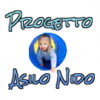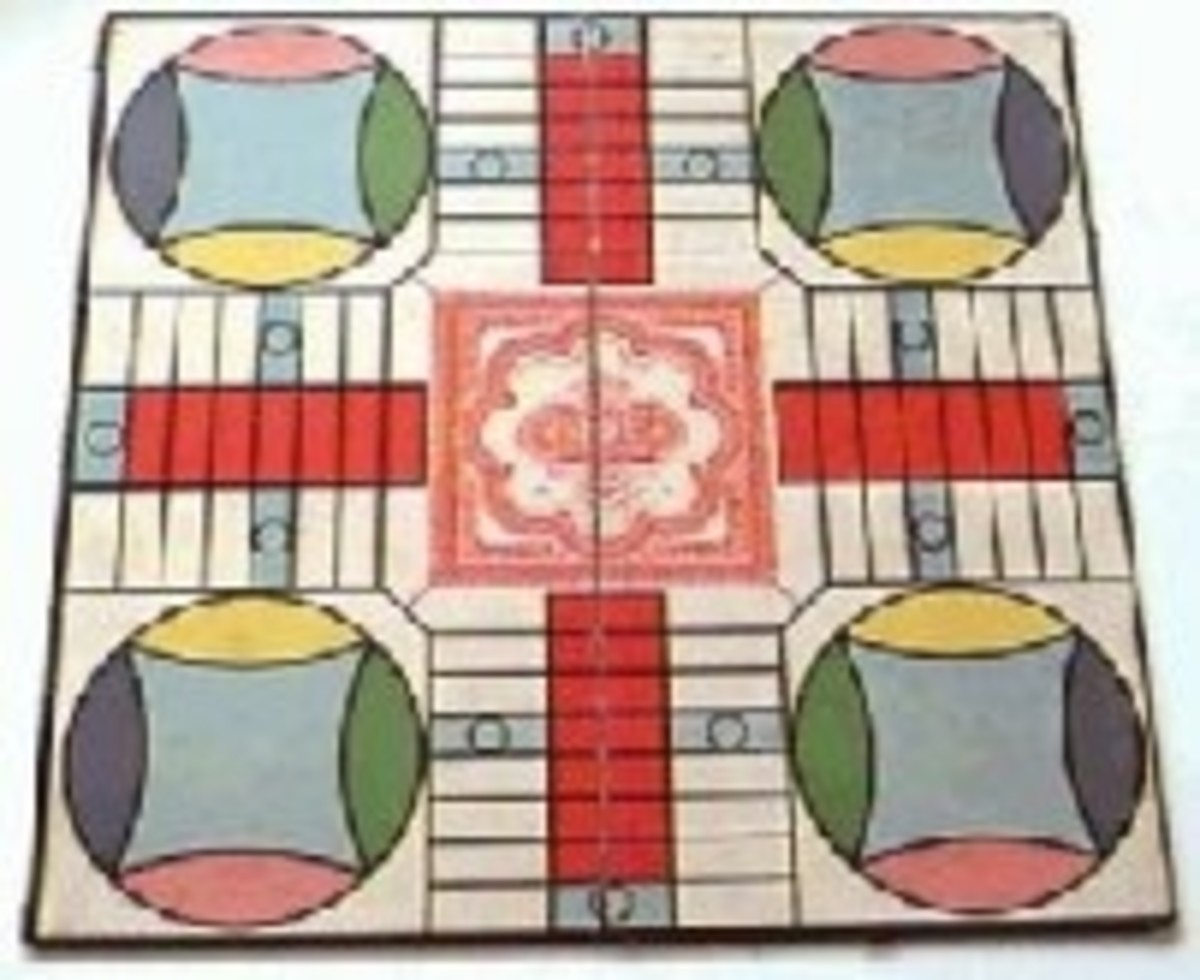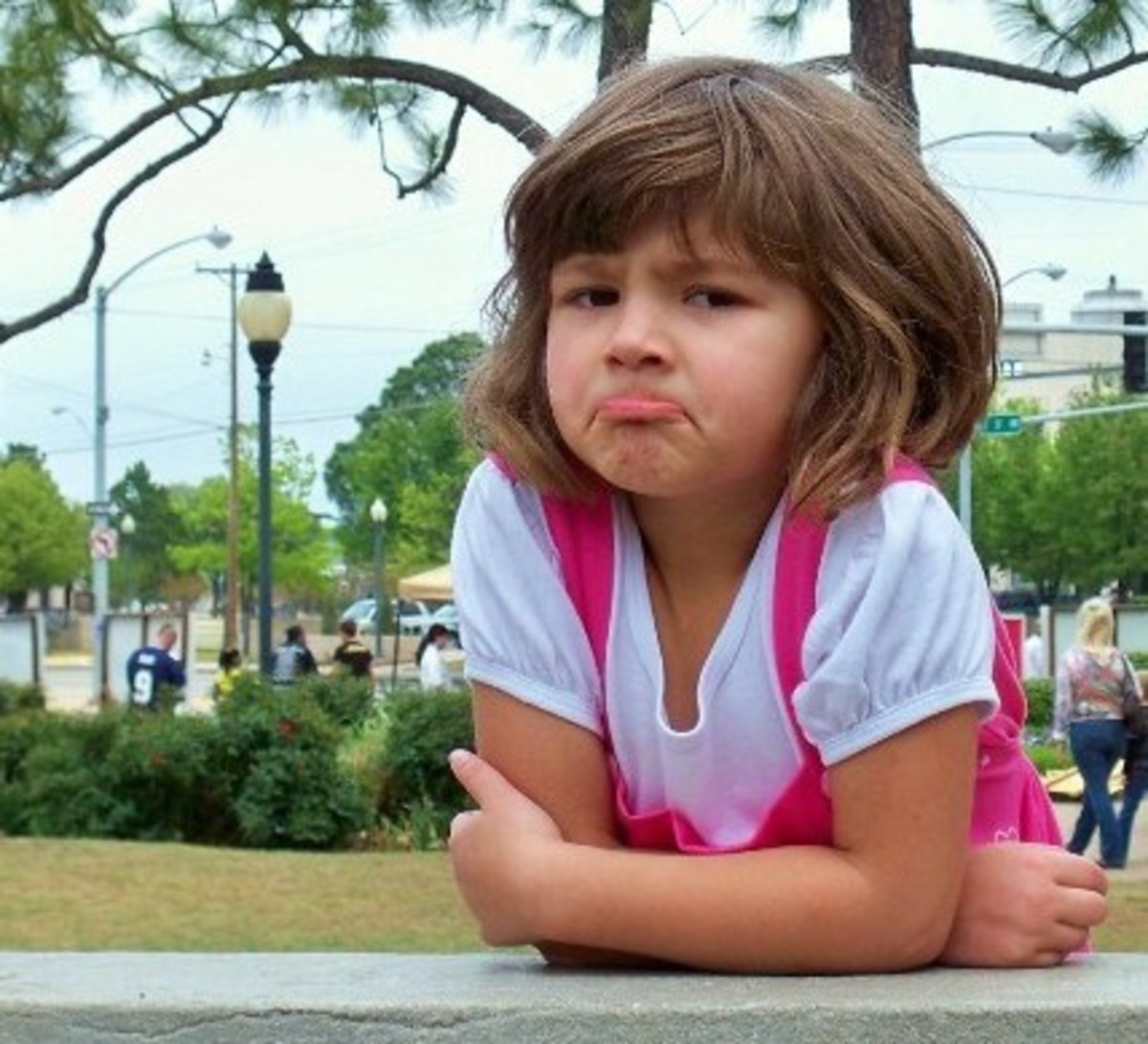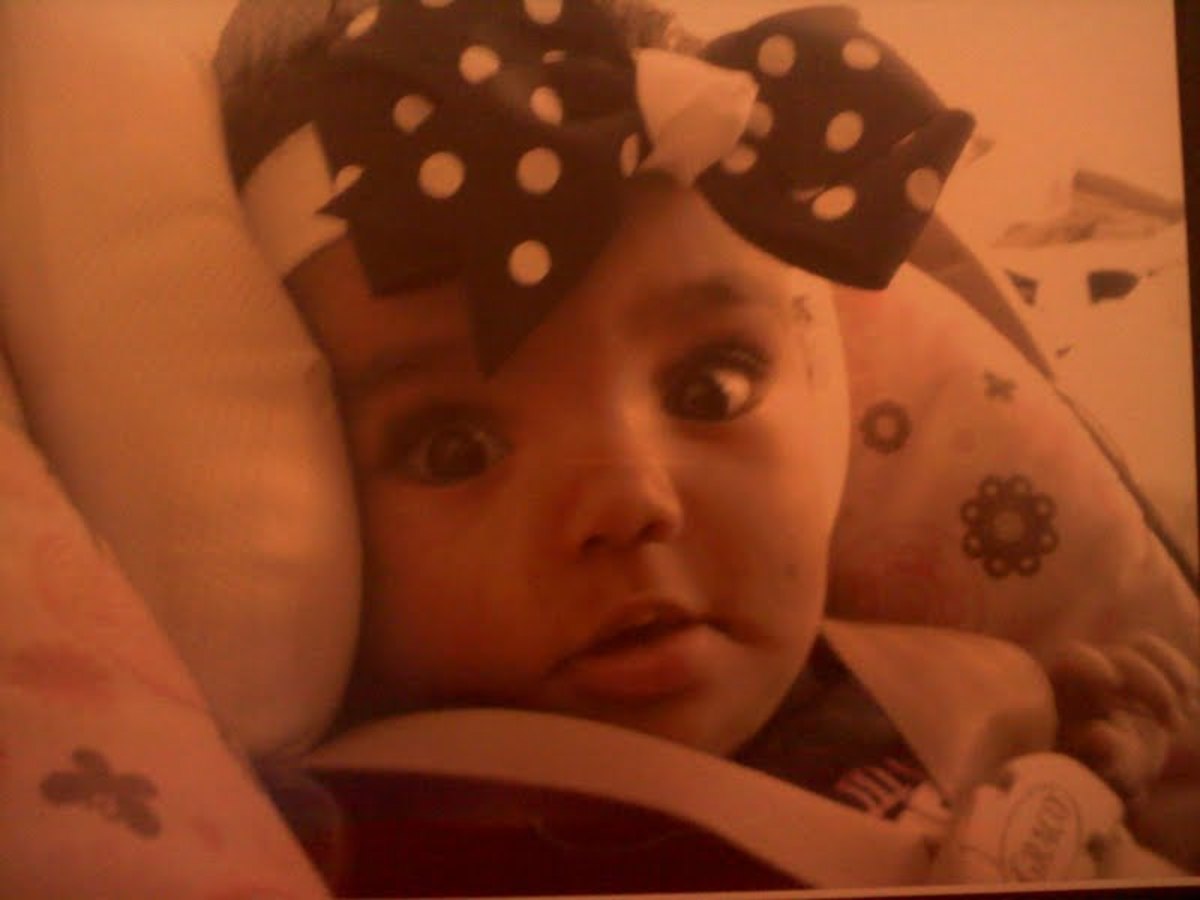How to make a Treasure Basket activity for babies
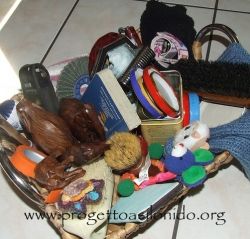
How to make a Treasure Basket - Heuristic Play activity for babies
The treasure basket is a heuristic play activity for babies 6-15 month old, highly effective from the educational standpoint, yet simple to propose by parents and nursery school teachers.
As mothers and nursery school teachers, we know that Heuristic Play is of utmost importance for the development of our babies, so we decide to create this article on the best heuristic activity we used in our nursery schools for 10-15 month old infants.
This article derives largely from the works of the English pedagogist Elinor Goldschmied, in particular chapter 6 of "People Under Three: Young Children in Day Care" (Goldschmied, Jackson & Forbes, 2005) and from our decades of practical experience.
[Image credit: Progetto Asilo Nido]
Treasure basket for babies - in brief
The treasure basket, also known by the original term of "Basket of Treasures", consists in proposing to non-ambulatory babies a set of objects placed in a large, low basket close to them.
The objects are to be explored by children on their own. An exhaustive list of objects is presented in "Best Objects for Heuristic Play Activities", with ideas to create many different treasure baskets.
This heuristic play activity is based on the points indicated in "Best Practices of Heuristic Play for Babies and Toddlers".
Note about the age
In a nursery school, the treasure basket is usually proposed in sessions of heuristic play dedicated to children 10-15 month old. However, the Treasure Basket can be successfully proposed to babies as soon as they can sit by their own (6-7 month old).
Safety statement
The adult must control often (at least every 5 minutes) the presence of small parts eventually detached from the objects and eliminate them.
Before proposing any heuristic play activities, like the Treasure Basket, the adult must check every single object, to eliminate the ruined ones. For further information on hygiene and safety of the objects, please read "Best Objects for Heuristic Play Activities".
Setting the treasure basket
The Treasure basket activities must be prepared away from distractions, noises and walking children.
With distraction we mean anything that can cause difficulty to concentrate to babies, like:
- External distractions: presence of items, toys, people, children, etc, in the proximity of the treasure basket
- Physiologic needs. Babies should be rested and well fed and the diaper just changed.
Safety note
Older children, already able to walk, should stay well away from babies involved in the treasure basket, to avoid collisions!
Treasure basket in a dedicated space
To prevent noise, distractions and interruptions by the older children, we suggest to parents and nursery teachers to create a well separated corner for the treasure basket activity. You could set up this corner with rugs and pillows to sustain younger babies. The corner should be large enough for all the children involved in the activities and for the supervising adult.
In Italian nursery schools, this kind of corner for heuristic play is usually set up in front of large mirror (highly appreciated by the babies). This mirror is a useful educational tool, suitable up to 5 year old children.
How to separate the activity corner for the Treasure Basket

How to prepare an activity corner for the Treasure Basket: importance of mats

Treasure basket in a dedicated time
You should dedicate to an activity of Treasure Basket no more than 30-35 minutes, of which the last 10-15 dedicated to rearrange. The activity is usually inserted after the morning diaper change, or after the nap, at least three times a week.
Treasure basket activities can be considered ended when the involved baby (or the majority of babies, in a nursery school) does not manifest any further interest for the play (she doesn’t concentrate on the objects).
Now, the phase of reorganization begins.
Reorganizing the Treasure Basket - End of activity
At the end of each heuristic play activity, the parent or the nursery school teacher:
- Verbally invites the babies to put away the material
- Makes them to pass each object to her
- Puts each item into the basket, showing and verbalizing this action
This reorganization can be considered a sort of heuristic play activity itself. In fact, this new activity that the parent or the nursery school teacher proposes, exploits parts of the principles of heuristic play to extend the previous experience and, at the same time, reorder the setting.
Verbalizations and behaviors of the parent or the nursery school teacher, promote different aspects of child development in a synergic way, especially language and cognitive developments.
In particular, she can emphasize sensory aspects ("the brown ones", "the rough ones"), encourage hand-eye coordination, improve concentration (gathering all the objects of one type and then of another), pre-mathematical concepts such as groups, classes ("all the giraffes"), comparisons ("big here, little there"), inclusion and exclusion.
It is also conceivable (we have not found satisfactory research on this) that the actions of collecting and storing the deployed material contribute to develop a sense of care for their surroundings (materials, equipment, environment, etc.).
As the babies grow up, the parent or nursery school teacher shall more motivate with words than actively participate in the reorganization, passing from the simple gathering of scattered objects by younger babies, to propose storing one type or class of object at a time, etc.
Material for the treasure basket
A detailed list of items for the treasure basket is presented in "Best Objects for Heuristic Play Activities".
This list derives from a more detailed one, dedicated to nursery schools teachers, presented in Lista di materiali per il gioco euristico (Italian version only).
The basket for the treasures
The basket for the treasure basket activity can be made in different material, although sturdy, easy to clean and resistant to sanitization. It should have a flat bottom and no upper handles. We suggest vertical sides, not inclined.
The shape of the basket is not important for activities dedicated to a single baby, while we suggest a round basket to nursery school teachers.
The height of the basket is about 8-12 cm, or 3.5-5 in, (roughly the height of the elbow of the baby when seated).
The diameter to be considered for each child is at least 30-35 cm (more or less the radius of action of the child without the need to lean too far). So, for 4 children (arranged along the circumference), you'll need a basket of about 80 cm in diameter.
The basket for the treasures - "Natural" choice

The basket for the treasures - "Hard" choice

Setting up the treasure basket activity
Before the entry of the babies:
Remove all toys and objects unrelated to the experience from the vicinity of the basket
Fill to the brim the basket with the selected objects
Then, the parent or the nursery school teacher makes babies sit on the floor, next to the treasure basket (with the elbow close to the basket).
Settled down the babies, the nursery teacher sits nearby, so she can monitor all children.
Important note
The teacher should not introduce or explain the activities, nor show with gestures and actions any aspect of the objects.
Behavior of the educator during the Treasure Basket activity
As babies focus on the objects of the treasure basket, the parent or the nursery school teacher should not suggest, advice or continually praise the efforts: this could be a cause of distraction and / or loss of autonomous exploration.
This "absence" of the adult is one of the peculiarities of the heuristic play activities, greatly differing them from the usual plays proposed to babies and toddlers.
The educator or the parent provides, instead, a kind of "friendly company" (Goldschmied et al., 2005).
Her role is to allow the babies to feel themselves safe to explore, for example responding to eye contact with smiles and nodding to continue. She is a sort of "emotional" anchor, that creates trust with her presence, thus allowing babies to learn through their play.
Goldschmied herself was conscious of the difficulty of this "passive" role, as he stated in "People under Three", because parents and nursery school teachers may feel deprived of a "proper" role. In her works, Goldschmied provides lots of suggestions and thoughts about the role of the adults.
Some babies (especially the older ones) sometimes seek joint attention with their mother or educator: such occasions must be properly valued, without distracting the other children!
Even in this case, the eye contact, a smile and a gentle physical contact with the child are sufficient.
Occasionally, the parent or the nursery school teacher must calmly reorganize items that were scattered around. This must be done without commenting or expressing negative emotions or in any way make the babies feel like this scattering is "bad".
In the last 10-15 minutes of the Treasure Basket session, the parent or the nursery school teacher starts the phase of reorganization with some verbal incitement.
She should just sit in the same place, because rearranging is part of the game!
These activities are guided by the educator, using phrases directly linked to the actions to do ("give me the cork"), also exploiting this opportunity to widen the vocabulary of babies in a natural way.
References
Goldschmied ES, Jackson S, Forbes R (2003). People Under Three: Young Children in Day Care
This is the revised edition of the original work of the English pedagogist Elinor Goldschmied, who formally defined the Heuristic Play after more than 40 years of studies and applied researches.
This new edition has been completely updated to take account of the expansion and radical changes which have taken place in Early Childhood Education since the book was first published (1994) and includes new useful suggestions for educators and parents.

How to make a treasure basket activity for babies - Conclusion
In this article, we presented how to make a Heuristic Play activity defined Treasure Basket (or "Basket of Treasures"), a classical proposal for babies aged 10-15 months, firstly described by Elinor Goldschmied. The treasure basket is, in short, the proposing to non-walking babies a set of natural objects to explore on their own, placed inside a large basket close to them. The activity of the treasure basket takes about 30-35 minutes, of which the last few 10-15 dedicated to the reorganization of the objects. During this phase, the teacher shall obtain, with verbal stimulus, various objects from the baby.
